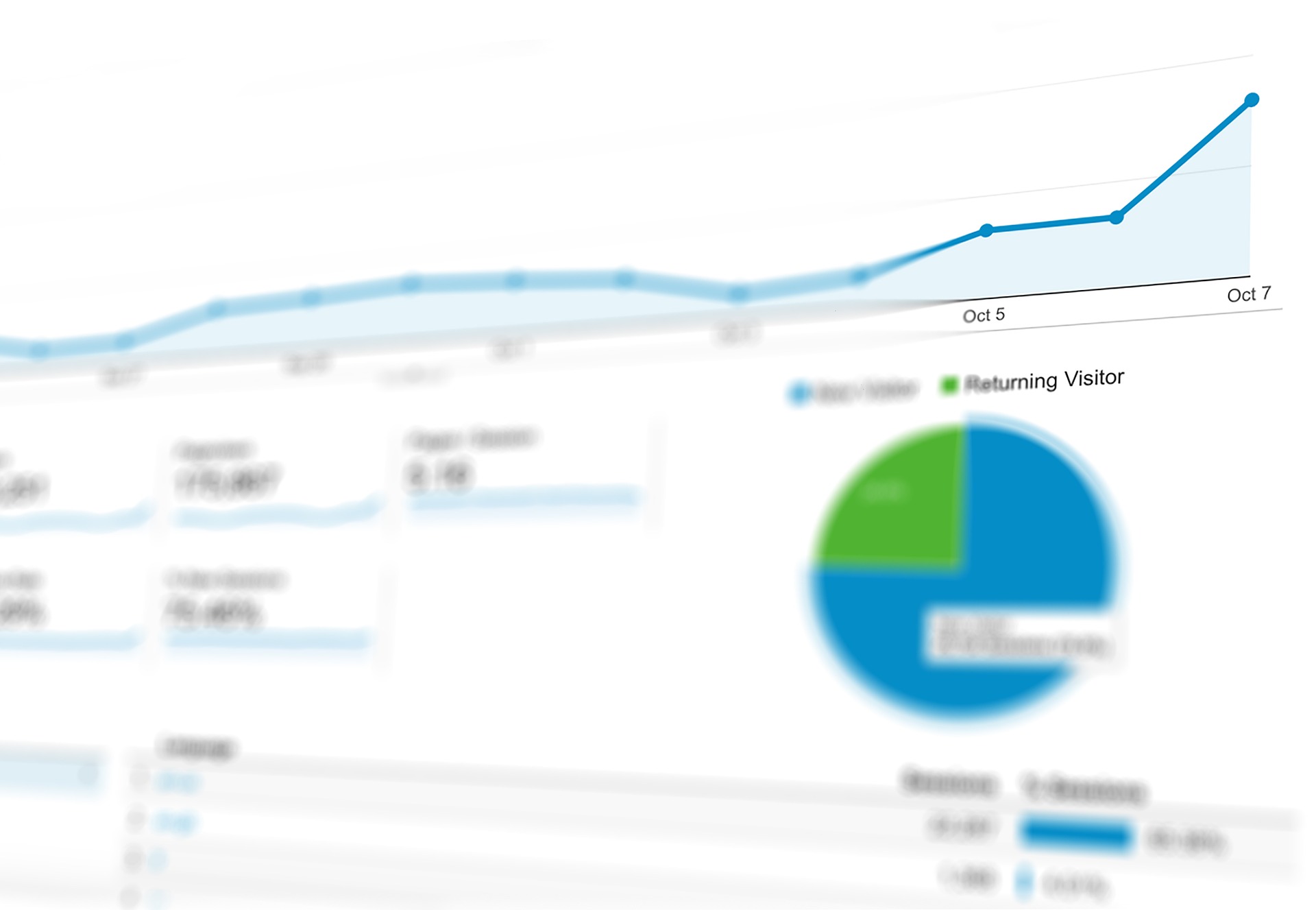From the moment humans first looked up at the stars, we have been fascinated by space exploration. In the last century, we have made incredible strides in our ability to travel and explore the cosmos. One of the key factors that has made this possible is the use of data and data analytics.
The history of space exploration is closely tied to the development of technology and the ability to collect and analyze data. In the early days of space exploration, data was collected manually, with astronauts and ground crews taking measurements and notes. As technology advanced, the collection and analysis of data became increasingly automated.
The use of data has been critical to the success of space missions. For example, in the Apollo missions to the Moon, data was used to navigate the spacecraft and make course corrections. Without accurate data, the mission would have been impossible.
In addition to navigation, data has also been used to study the effects of space travel on the human body. Astronauts are monitored closely during space missions, with data collected on their heart rate, blood pressure, and other vital signs. This data is then analyzed to better understand the effects of space travel on the human body and to develop strategies to mitigate these effects.
Data has also been used to study the planets and other celestial bodies in our solar system. Satellites and rovers collect vast amounts of data, which is then analyzed by scientists to better understand the composition and structure of these bodies. This data has helped us to make incredible discoveries, such as the presence of water on Mars and the existence of exoplanets orbiting other stars.
As we continue to explore space, data will remain a critical component of our efforts. Advances in data analytics and artificial intelligence are making it possible to collect and analyze even more data, which will help us to better understand the universe and our place in it. From navigation to understanding the effects of space travel on the human body, data is helping us to push the boundaries of what is possible in space exploration.





